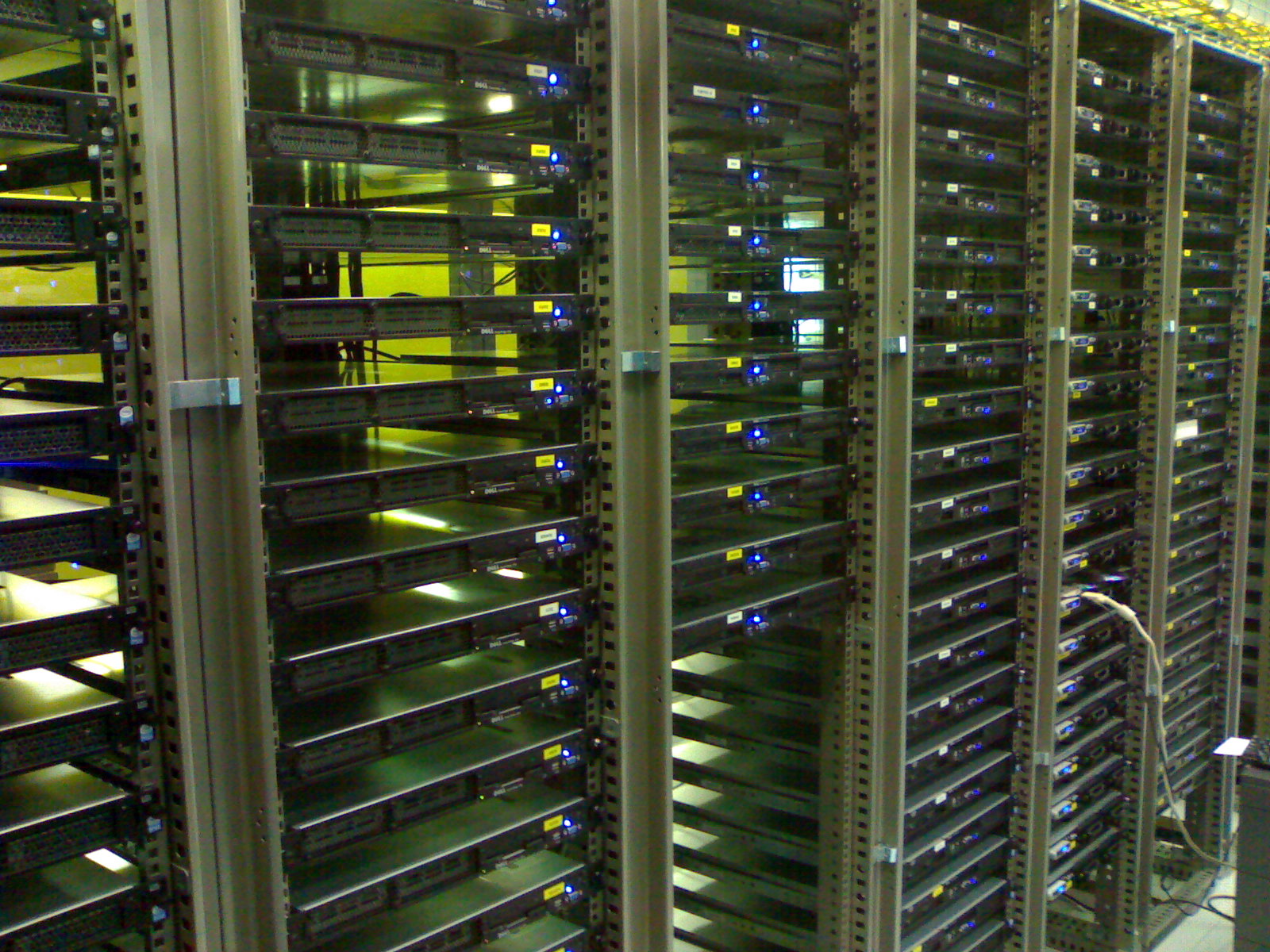Part one of this post compares the basis, and roles, of crypto and fiat currencies. The basic conclusion? In the status quo state treasuries directly back fiat currencies and therefore indirectly back cryptocurrencies. Seems simple enough.
But “air is leaving the bubble,” so to speak. Regular media attention, in part, led to Bitcoin growing to $20,000 per unit by December 2017 only to fall below $6,000 in early February 2018, losing more than two-thirds its value in a five-week span. Numerous major banking institutions are no longer offering credit for crypto exchanges, though they are still fulfilling debit transactions. Why, then, do some investors feel cryptocurrency is worth their wattage? This post will cover demand, or the incentive for anyone to include cryptocurrency in their portfolio.
Ease of Exchange
Cartels and multinat corporations alike lose money when regularly exchanging fiat currencies, a must in any international operation. Such a reality, at the least, decreases the incentive to keep liquid funds and, at the most, is stratifying corporations across the geopolitical map.
Larger Value per Unit
$20,000 per unit is no laughing matter. $5,000 per unit? Still no laughing matter. Sure, these amounts are not exactly relevant for everyday purchases. But large acquisitions through cryptocurrency makes sense for a number of reasons. Prominently, a larger value-per-unit simplifies exchange and frame-of-reference without compromising everyday finance formulas.
Unpegged to One Nation’s Interest
All currencies are innately elastic. Cryptocurrencies, though, are not subject to the same oversight, regulations, and interests as nation-state fiat currencies. Further, all currencies compete. Large-scale enterprises can make due with fluctuations but, considering risk and time, most would probably rather avoid the headache. Small domestic enterprises, meanwhile, stand to significantly gain from a cryptocurrency untethered to a nation-state.
Decentralized Infrastructure
Innately decentralized infrastructure offers a few benefits. First, cryptocurrencies can quickly expand. Second, they can adjust in shorter time-frames. Third, they are less subject to each nation’s finances while also, conceptually, have their interests tied to infrastructural stability. Less energy, of course, means less ability to mint or exchange crypto.
Future Regulation
Many nations are looking to introduce new regulation to cryptocurrencies. Good thing, too. Lack of regulation is probably cryptocurrencies’ greatest pitfall. Yes, dear reader, you read that right. Cryptocurrencies themselves would benefit from greater regulation. Lack of such might be responsible for some of its steam, sure, but being a mainstay bet for illegal transactions, tax fraud, and all around volatility does not exactly inspire confidence. Government regulation would legitimize cryptocurrencies in the eyes of public opinion.
Conclusion: “Supracurrency?”
Since the get-go mainstream, consumer finance columns seem to have struggled with why cryptocurrencies even exist. What they and investors cannot ignore, however, are the serious gains that crypto has made in the past decade. Throughout this time, finance and banking experts of near all stripes have also warned against cryptocurrencies. Volatility or no, however, enough investors seem intent to keep their current funds. Most certainly expect fewer IPOs in the future, both because of the winter crash’s stigma and eventual regulation. As for established cryptocurrencies? Only time will tell but, with enough demand and infrastructure, they may change deeply ingrained mentalities about finance.
Thanks for the picture, Stefano Petroni!



